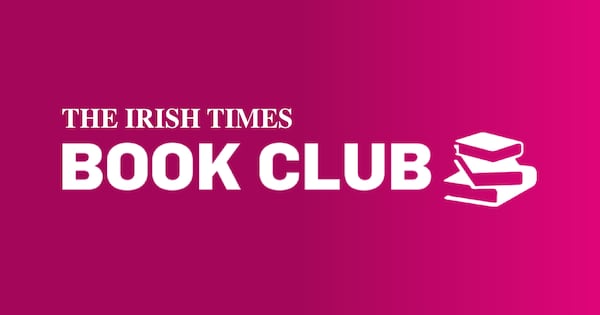Neon Dusk
Castle Yard, Kilkenny – Kilkenny Arts Festival
★★★★☆
Many modern circus and acrobatic shows feature multiple performers for substantial audiences in large auditoria. This show, from Jonah McGreevy, co-creative director of Cork-based Loosysmokes, and Portuguese performers Daniel Seabra and Mafalda Gonçalves, is different on many fronts.
A small, almost intimate audience is seated outdoors in Castle Yard, three or four rows on two sides of a low, basic platform, for a 50-minute show as day gives way to the beginning of darkness. There’s a simplicity and low-tech feel to this and it’s powered by solar energy, with a bank of PV panels adjacent. Thus the faint light from low heights throws striking and gentle shadows of the performers onto Castle Yard’s beautiful backdrop of curved stone walls and circular windows.
There is no equipment or aerial paraphernalia or bells and whistles, just three bodies in jeans and T-shirts, and, at the beginning, a rope for Seabra, which effectively sets a tone evoking control and captivity.
There is throwing and catching and falling, holding each other up, building towers or mounds or angled shapes of bodies, using balance and trust as the glue. Their strength of arm and leg is phenomenal, with tremendous balance, throws-twirls-catches, then falling or flopping.
READ MORE
The intimacy of all this is the most striking aspect. Unlike many larger acrobatic shows where distant bodies can look like they’re made of rubber and bouncy stuff, here we’re seated a metre or so from the acrobat-dancers.
We can see the effort and how hard this is on their faces. Sinews strain and limbs shake as a pose or movement becomes more difficult. We witness nods which indicate they’re ready to hold or catch or be thrown. As a performer falls to the floor and lies there, we can see into their eyes. We see up close the work, skill, struggle.
The audience is silent throughout, aside from the occasional gasp, as if holding collective breath.
The programme refers to the show “exploring the troubling times we’re living through”. Much of the action and images created are indeed bleak and troubled, evoking pain or aggression, fleeing or chasing. The performers’ expressions are solemn, sometimes ferocious. They fall to the floor, are dragged unmoving, dead. There is struggle and hardship and fear. The stage darkens and the music has an unrelenting beat, pulsating, rhythmical, foreboding, sometimes otherworldly. The effect is ominous and fearful.
And yet the nature of what they are doing is at odds with this aesthetic. McGreevy, Seabra and Gonçalves exhibit tremendous co-operative balance as they build structures with piling bodies, or shapes through multiple physical balancing feats. They must each trust that the others will catch or hold when they leap, or lead them when blinded. This trust, and the strength from co-operation, working together, is redolent of more positive aspects of our world.
In this way, the unsettling is also uplifting.
Runs at Castle Yard, Kilkenny, from August 13th-17th














